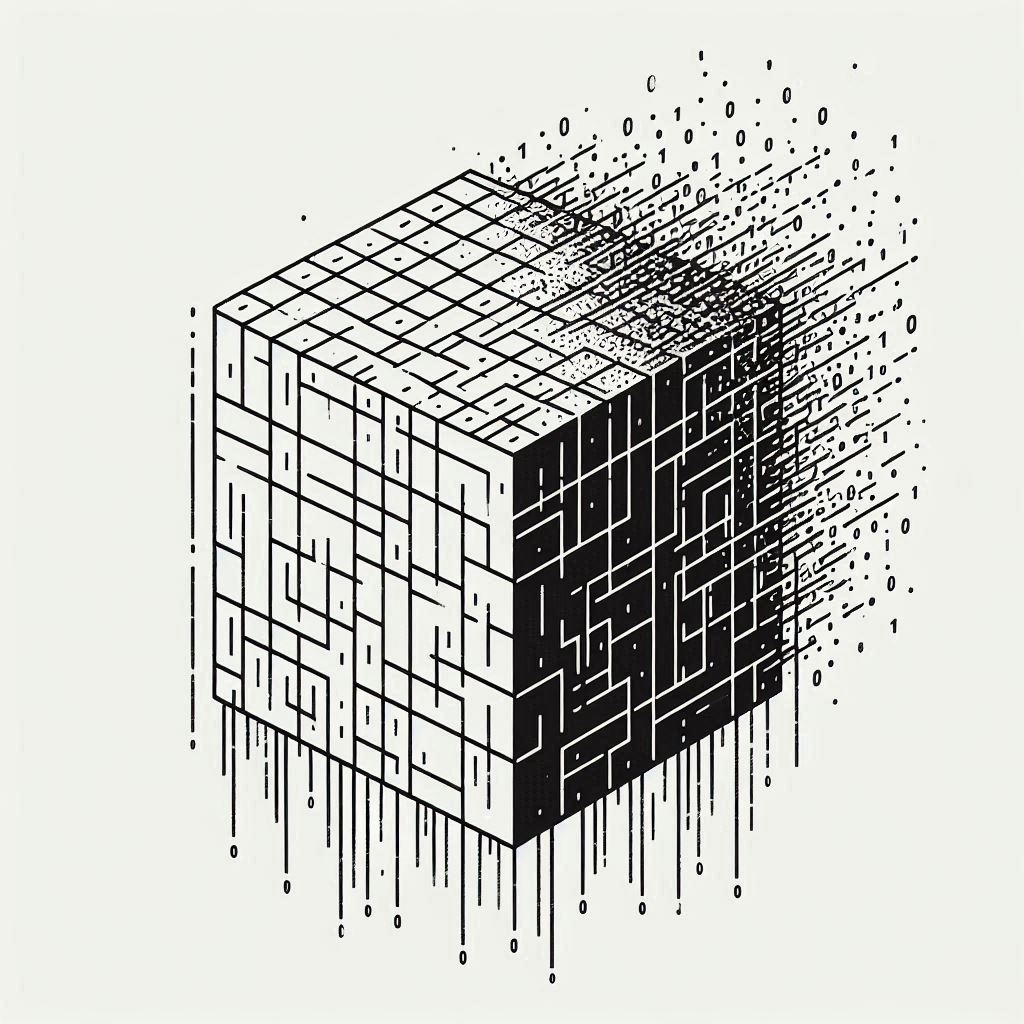Broadening Horizons: Why Software Engineers Should Explore Beyond Their Code Editors
 Ayoub Touba
Ayoub Touba
As a software engineer, I spend most of my days buried in lines of code, debugging errors, and architecting systems. It's easy to get caught up in the endless cycle of learning new programming languages, frameworks, and tools. But recently, I stumbled upon something that completely changed my perspective on learning and problem-solving: 3D modeling with Fusion 360.
Stepping Out of the Comfort Zone
At first, the idea of learning 3D modeling seemed completely unrelated to my day job. I mean, what does creating virtual objects have to do with writing efficient algorithms? But curiosity got the better of me, and I dove in headfirst.
The learning curve was steep. I fumbled through the interface, struggling with concepts like extrusion, chamfering, and Boolean operations. It was frustrating, but also exhilarating. For the first time in a while, I felt like a complete novice again.
A New Way of Thinking
As I progressed, something interesting happened. I started to notice parallels between 3D modeling and software engineering. Both require breaking down complex problems into smaller, manageable parts. Both involve thinking about how different components interact with each other.
But 3D modeling also introduced me to new ways of thinking. I had to visualize objects from multiple angles, considering not just functionality but also aesthetics and physical constraints. This spatial reasoning was a muscle I rarely flexed in my coding work.
Expanding Vocabulary and Concepts
Learning 3D modeling also exposed me to a whole new lexicon. Terms like "filleting," "lofting," and "parametric modeling" entered my vocabulary. While these words might not come up in a coding meeting, the concepts behind them – smoothing transitions, creating complex shapes from simple profiles, and building flexible, adjustable models – have surprising applications in software design.
Cross-Pollination of Ideas
The most unexpected benefit came when I returned to my regular coding tasks. I found myself approaching problems with a fresh perspective. The visualization skills I developed helped me better understand and design complex software architectures. The emphasis on user experience in 3D modeling made me more attuned to creating intuitive interfaces in my applications.
Embracing the Unknown
So, to my fellow software engineers, I say this: don't be afraid to venture outside your comfort zone. Pick up a paintbrush, try your hand at woodworking, learn a musical instrument, or yes, give 3D modeling a shot. The skills and perspectives you gain might not be directly applicable to your day-to-day coding, but they'll enrich your problem-solving toolkit in ways you never expected.
Remember, some of the most innovative solutions come from connecting seemingly unrelated ideas. By broadening your horizons, you're not just becoming a more well-rounded individual – you're potentially unlocking new ways to approach the challenges in your primary field.
So go ahead, close your code editor for a bit, and explore something new. Your future self (and your code) will thank you for it.
Subscribe to my newsletter
Read articles from Ayoub Touba directly inside your inbox. Subscribe to the newsletter, and don't miss out.
Written by

Ayoub Touba
Ayoub Touba
With over a decade of hands-on experience, I specialize in building robust web applications and scalable software solutions. My expertise spans across cutting-edge frameworks and technologies, including Node.js, React, Angular, Vue.js, and Laravel. I also delve into hardware integration with ESP32 and Arduino, creating IoT solutions.